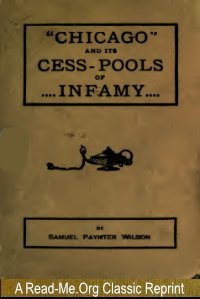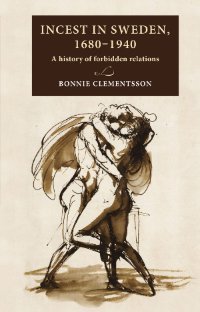By Chris M. Smith & Andrew V. Papachristos
The rise of organised crime changed Chicago violence structurally by creating networks of rivalries and conflicts wherein violence ricocheted. This study examines the organised crime violence network during Prohibition by analysing ‘violence brokers’ – individuals who committed multiple violence acts that linked separate violent events into a connected violence network. We analyse the two-mode violence network from the Capone Database, a relational database on early 1900s Chicago organised crime. Across 276 violent incidents attributed to organised crime were 334 suspected perpetrators of violence. We find that 20% of suspects were violence brokers, and nine brokers were violence super-spreaders linking the majority of suspects. We also find that violence brokers were in the thick of violence not just as suspects, but also as victims – violence brokers in this network experienced more victimisation than non-brokers. Unknowingly or knowingly, these violence brokers wove together a network, attack-by-attack, that transformed violence in Chicago.
GLOBAL CRIME 2022, VOL. 23, NO. 1, 23–43












